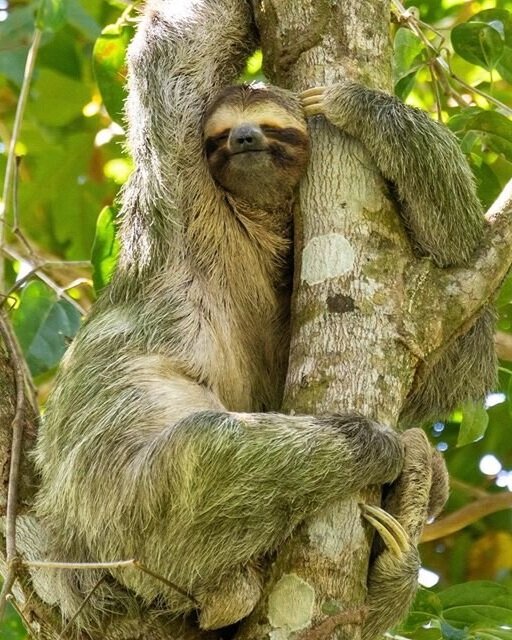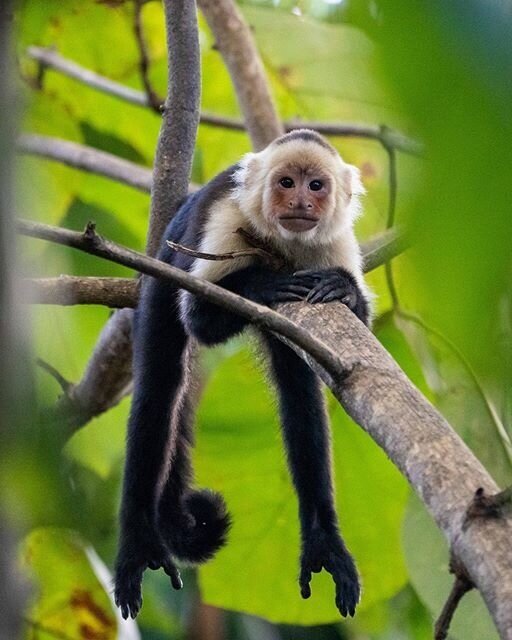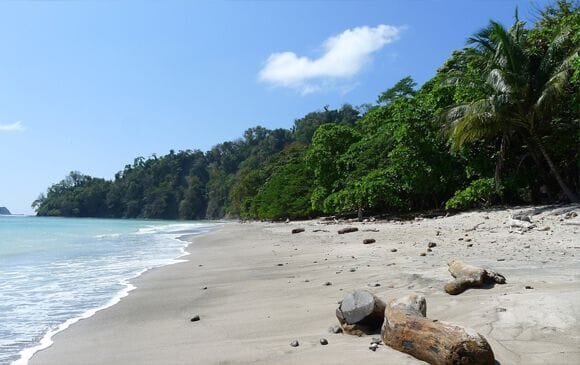The jewel of the Nicoya Peninsula: Cabo Blanco National Park. It is one of the successful examples of conservation. It is the first area in the country to have been protected and this as early as 1962.
This area, which experienced heavy deforestation in the 1950s and 1960s, has been 85% reforested and has enabled the preservation of indigenous species. The success is both terrestrial and maritime. Many species of fish had practically disappeared from the waters of the park and today, protection has made it possible to count large schools of fish again.
The Cabo Blanco Reserve protects 3,070 hectares or 7,586 acres of land. The elevation of the reserve ranges from sea level to 5 meters or 0 – 16 feet. It protects rainforest, beach, mangrove, and river habitats. There are several groomed hiking trails.
Cabo Blanco Absolute Natural Reserve is government managed. The reserve is open from 8 AM – 4 PM, Wednesday through Sunday (closed on Mondays and Tuesdays). It has a ranger station that is equipped with basic amenities including public restrooms. The entrance fee to the reserve is $12 per person. There are no overnight facilities. We advise you to stay in Star Mountain Jungle Lodge, only 7 kilometers away from the Cabo Blanco National Park.
The flora of Cabo Blanco National Park
The isolated reserve is home to plenty of wildlife.
There are three species of large felines including margays, jaguarundis, and ocelots. Capuchin and howler monkeys represent the primates. In addition there are anteaters, armadillos, raccoons, kinkajous, pizotes, and deer.
There are many reptiles including black and green iguanas, whip-tailed lizards, and boa constrictors. Many species of birds have been identified in the reserve such as scarlett macaws, crested caracaras, magpie-jays, long-tailed manakins, and elegant trogons.
Along the shore, there are brown pelicans, sandpipers, frigate birds, brown boobies, and laughing gulls.





